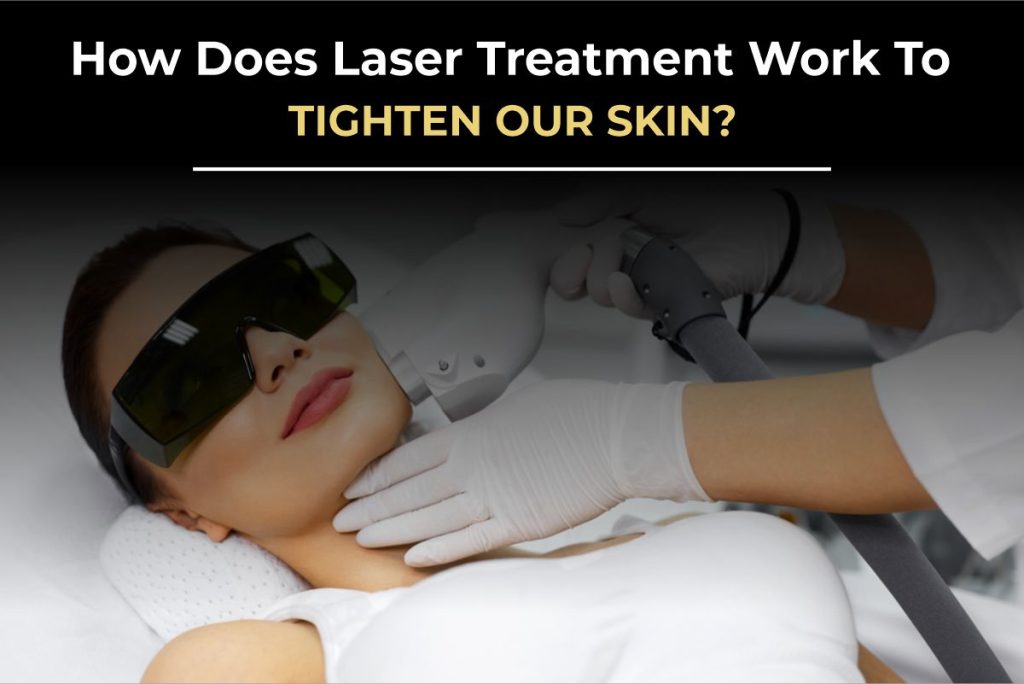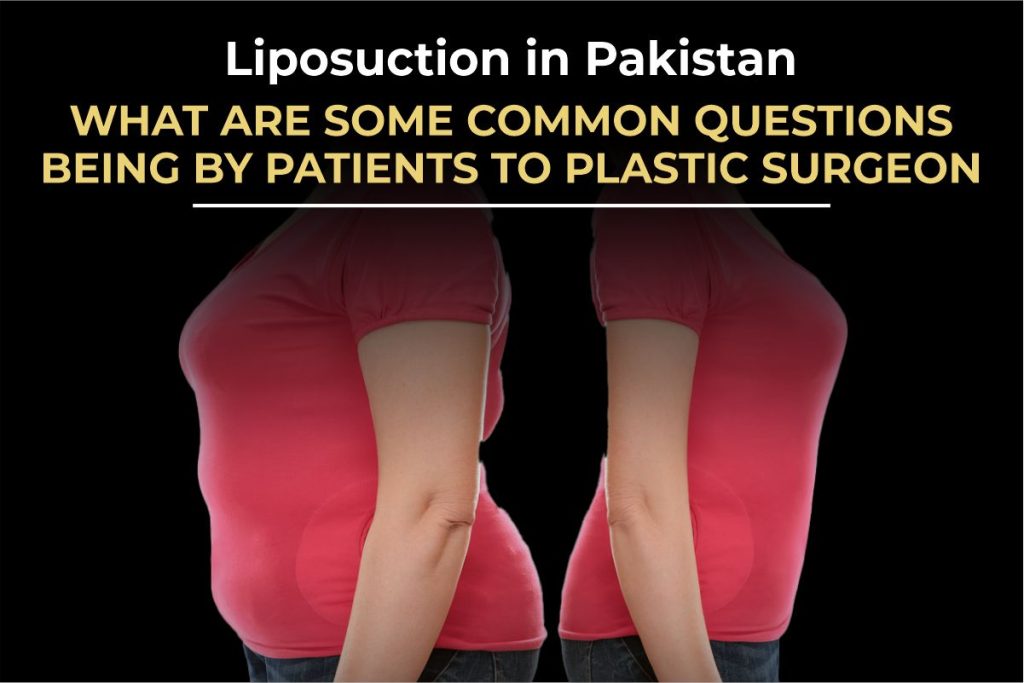Let’s Explore the Science, Benefits, and What to Expect From This Popular Non-Surgical Skin Tightening Option.
As we age, our skin naturally loses elasticity and firmness. Fine lines begin to show. Sagging becomes more noticeable. And that once-snug jawline or cheek starts to soften. For years, surgery was the only option to truly tighten skin, but not anymore.
Laser skin tightening has become one of the most sought-after non-invasive treatments in aesthetic medicine. But what exactly does it do? How does it work? And is it right for you?
In today’s blog, we’ll break down the science behind laser skin tightening, what you can expect before and after treatment, and whether it’s the solution you’ve been searching for.
Understanding Skin Aging: Why Does Our Skin Start to Sag?
Skin aging is a gradual, natural process. As we get older, our body produces less collagen and elastin, two proteins responsible for keeping skin firm, smooth, and youthful.
Other contributing factors include:
- Sun exposure (UV damage breaks down collagen)
- Smoking
- Poor diet or hydration
- Stress and lack of sleep
- Genetics
The result? Skin starts to appear thinner, looser, and less toned, especially around the cheeks, jawline, neck, and eyes. That’s where laser tightening treatments come in.
What Is Laser Skin Tightening?
Laser skin tightening is a non-surgical procedure that uses focused laser energy to heat the deeper layers of your skin (without damaging the surface). This heat stimulates the body’s natural healing response, which triggers collagen production and tissue contraction.
The result is firmer, smoother, and more lifted skin, without the need for surgery, needles, or long recovery periods.
It’s often described as a “lunchtime lift” because it’s quick, effective, and requires no downtime.
How Does the Laser Actually Work?
Let’s break it down simply.
Laser energy targets the dermis, the layer of skin beneath the surface. When this layer is heated to a specific temperature, the body perceives it as controlled damage, and responds by:
- Producing new collagen fibers
- Reorganizing existing collagen
- Tightening the surrounding skin structure
Over the next few weeks and months, as collagen continues to build and strengthen, the skin becomes noticeably firmer and more youthful in appearance.
Different laser technologies may be used, including:
- Nd:YAG lasers
- CO2 fractional lasers
- Er:YAG lasers
- RF-based laser combinations
Each has its own depth and heating method, and your practitioner will choose based on your skin type, concerns, and goals.
What Areas Can Be Treated?
Laser tightening is extremely versatile and can be used on almost any part of the body, though it’s most popular for facial and neck rejuvenation.
Common treatment areas include:
- Face (cheeks, forehead, under eyes)
- Jawline and jowls
- Neck and décolleté
- Arms and knees (for mild sagging)
- Abdomen (post-pregnancy or weight loss)
It’s suitable for both men and women and works best for people experiencing early to moderate skin laxity.
Is Laser Skin Tightening Painful?
Most patients describe the sensation as a mild warming or prickling feeling, not painful, just slightly uncomfortable in certain areas. Some devices include a cooling feature to minimize discomfort, and topical numbing creams may be applied if needed.
After the treatment, the skin may appear slightly red or flushed, similar to a light sunburn. This typically resolves within a few hours.
There’s no peeling, crusting, or bruising, which means you can go straight back to your normal routine after your session.
How Many Sessions Will I Need?
Laser tightening isn’t a one-and-done treatment. While you may see improvement after a single session, most patients require 3 to 6 treatments, spaced about 3 to 4 weeks apart.
The results are gradual and continue to improve over several months as collagen production increases. Many patients schedule maintenance sessions every 6 to 12 months to prolong their results.
What Kind of Results Can You Expect?
The results vary from person to person, but overall, you can expect:
- Smoother skin texture
- Firmer, tighter skin in treated areas
- Improved jawline and cheek definition
- Reduction in fine lines and crepiness
What makes laser tightening appealing is that the results are natural-looking and progressive. You’ll look like yourself, just refreshed, firmer, and more rested.
Keep in mind: Laser treatments won’t give facelift-level results, but they’re ideal for those looking to delay the need for surgery or complement other non-invasive procedures.
Is It Safe for All Skin Types?
This depends on the type of laser used. Some lasers are more suitable for fair to medium skin tones, while others are safe for darker complexions.
That’s why it’s critical to:
- Get your treatment from a qualified, experienced practitioner
- Choose a clinic that offers FDA-approved devices
- Undergo a full skin assessment before starting any treatment
When performed correctly, laser skin tightening is very safe, with minimal risk of pigmentation changes or skin irritation.
Who Should Avoid Laser Skin Tightening?
Laser treatments are not recommended for:
- Pregnant women
- People with active skin infections or severe acne
- Those on certain medications (like isotretinoin)
- Individuals with unrealistic expectations
Your provider will go over your full medical history and help you determine if you’re a suitable candidate.
Final Thoughts, A Subtle Lift, the Smart Way
Laser skin tightening offers a modern, non-invasive solution for anyone wanting to firm up loose skin, reduce signs of aging, and improve overall skin quality, all without going under the knife.
It’s safe. It’s effective. And when performed by the right hands, it can make a real, visible difference in how you look and feel.




